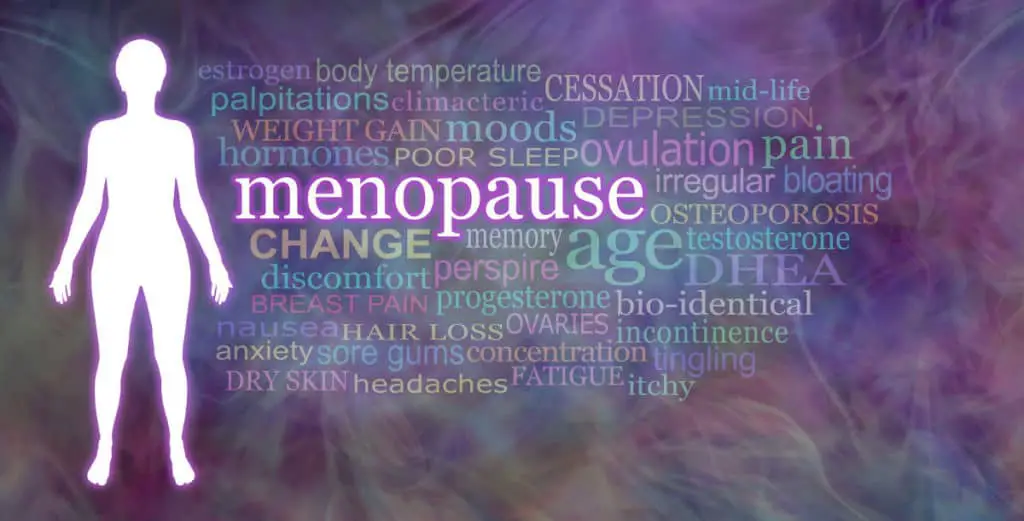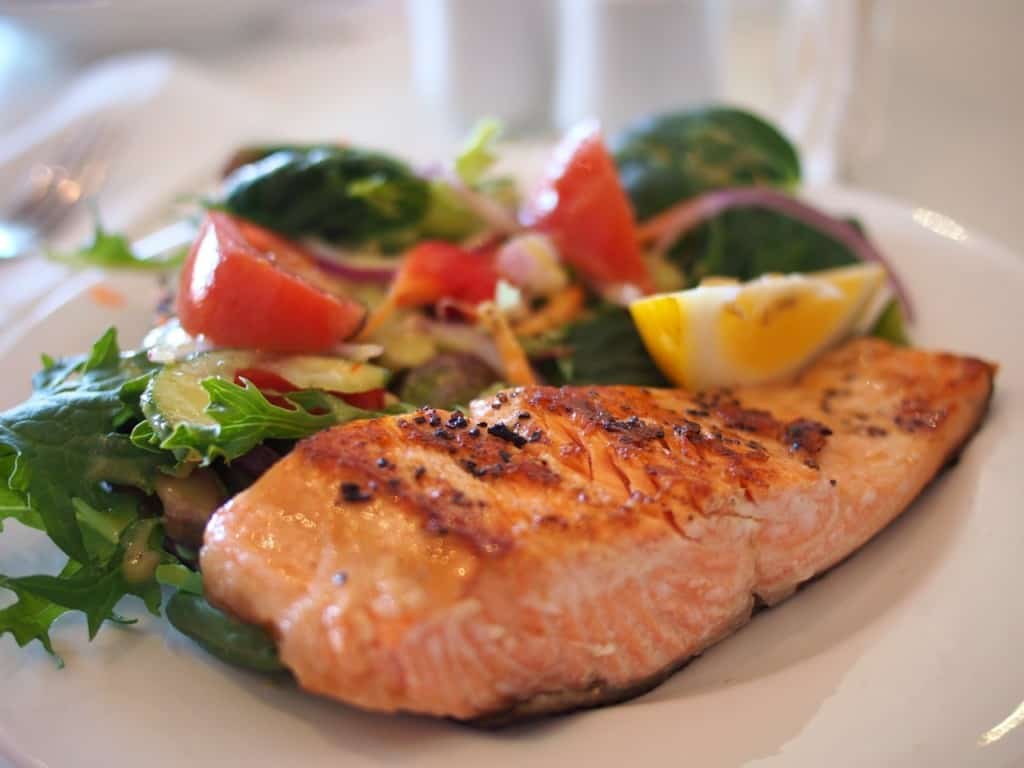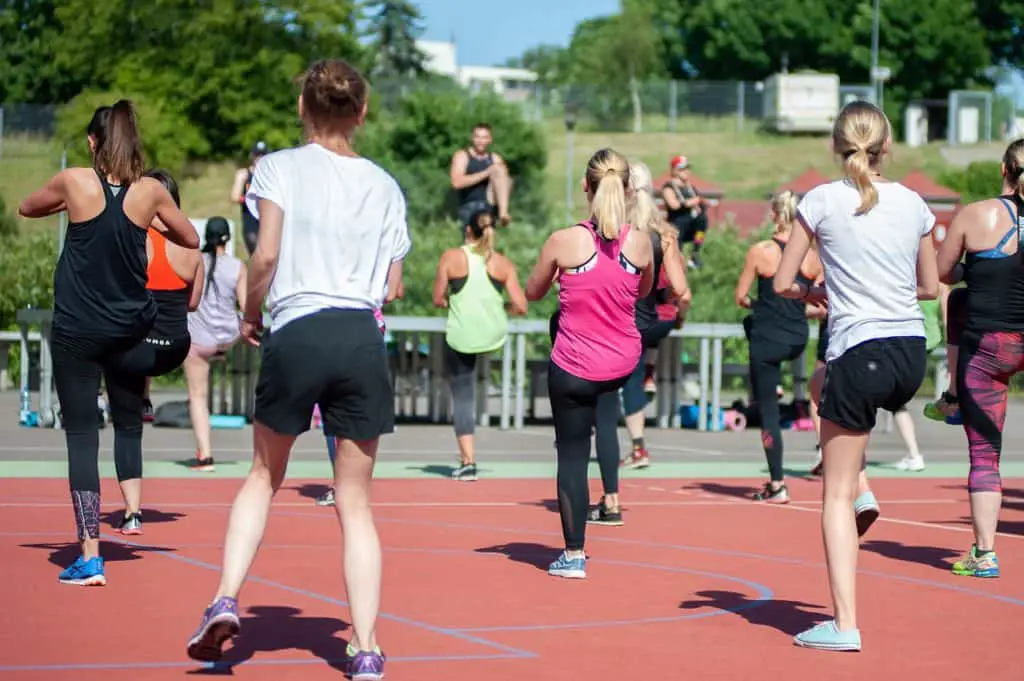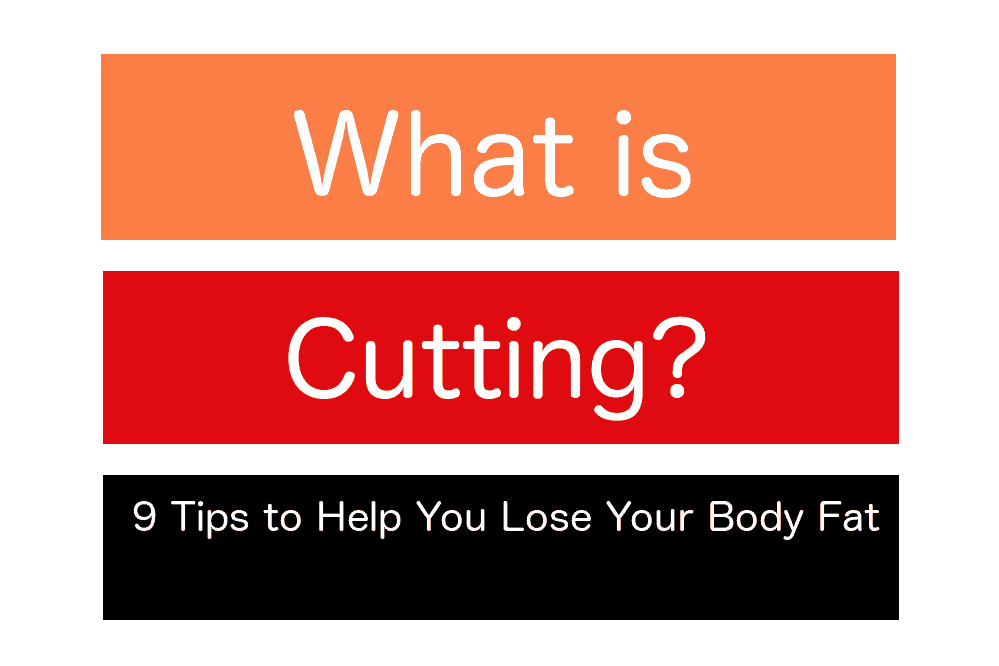Many women find that they start to put on weight before (perimenopause – which can start up to 10 years before menopause!) during menopause and after menopause.
Although it can be difficult to lose weight at these times it is not impossible.
Before, during, and after menopause a woman’s body goes through many physical changes:
- Hormonal changes can affect the metabolic rate, and increase fat storage.
- Many women do not get a night of restful sleep due to hot flashes.
- Resting energy expenditure reduces – the number of calories burned is less.
- As we get older we lose muscle mass.
- Loss of muscle mass can weaken bones and joints, increasing the risk of osteoporosis.
- Some women also become insulin resistant as they get older.
- Fat storage can move from the hip and thigh area to the stomach.

How to Lose Weight After 40 and Menopause
Your first thought maybe ‘I must cut my calories’ and go on a low-calorie diet – this is not necessarily a good idea.
You may lose a few pounds in the first instance but will struggle to keep those few pounds off. Plus those lost, few pounds may well include valuable muscle mass.
Although cutting some calories will be necessary, it will be more beneficial to change your diet and increase your exercise levels in your daily life.

PubMed.gov has said that reducing your portion sizes (dietary restraint) rather than reducing your calorie intake is more likely to help lose and maintain a healthy weight.
As a woman’s muscle mass reduces as they get older, it is essential to try to combat this. Muscle burns calories, so it pays to add some lightweight training into your exercise routine. Include high-intensity interval training in your exercise routines, such as Zumba.
Drinking more water and adding green tea to your diet will also help to lose weight.
Being well hydrated not only helps reduce hunger pangs but will help with the hot flashes which can lead to bad sleep.
Feeling unrested often makes you hungrier during the day leading to snacking.
What is Menopause Belly?
Many women experience weight gain before, during, and after menopause. As the hormone levels change, it causes the body to change too.
Menopause belly is caused by a drop in estrogen levels. When estrogen levels drop it causes the fat cells in the abdomen to store more fat, as well as causing the woman to become less active.
As menopause can also interfere with a woman’s sleep routine – hot flashes and night sweats. It can also mean that she is not getting a night of restful sleep.
Being tired during the day can often leave you feeling hungry. And many people will snack whilst going about their daily routine.
Snacking, especially on high-calorie snacks is never a good idea, this only adds to the natural weight gain menopausal woman have.
Menopause belly isn’t just bad for your figure, it’s also bad for your overall health. Studies have shown that this can increase your risk of heart disease, some cancers, and type 2 diabetes.
This is because the lack of estrogen can cause your body to store visceral fat, which can gather internally around your organs.

How Many Calories Should a Menopausal Woman Eat to Lose Weight?
How many calories you eat per day is going to be different for each person. You can calculate how many calories you need by using a BMR calculator.
This uses your sex, height, weight, and age to determine how many you need.
As this calculator includes sex and age, you can use it as you get older to get a more accurate idea of how many calories you need. You can find the BMR calculator here.
Christine Palumbo, RD, who is a nutrition expert in Chicago says that there is research showing that a menopausal woman burns 200 calories fewer per day than a non-menopausal woman.
If you notice that you are starting to put on weight, then avoiding 200 calories per day isn’t too bad.
But 200 calories per day can quickly add up to extra pounds around the waist. Engaging in high-intensity exercise is the best way to combat those extra pounds.
Including some lightweight exercises to stop lean muscle loss is essential.
A menopausal woman should include more fiber-rich food, protein, and omega-3 rich food in their diets. Fiber-rich food will help reduce the bloated belly and poor digestion.
More protein will help maintain muscle mass (along with exercising) and omega-3 rich diets can reduce hot flashes, allowing for better sleep.
Generally speaking, a menopausal woman will lose weight by cutting down around 200 calories a day, changing their diet to reduce carbs, increase protein, and omega-3 fats. Increasing their daily exercise to include lightweight training and high-intensity workouts.
Recommend Programs for Weight Loss
If you require help losing weight and getting in to shape, I highly recommend trying one of the programs below.

What is the Average Weight Gain During Menopause?
Woman’s weight can increase around 1.5 pounds a year – on average, everyone is different. Even though it doesn’t sound a lot, you have to remember that the extra weight will be going to your stomach, and the fat increase will be visceral – which is a danger to your health.
Even if you have a good diet and exercise regularly, you may still notice your body changing. Your waistline getting thicker, your energy levels dropping, muscles not as toned as they should be.
Unfortunately, at this point in life, these changes are normal – as well as unwelcome!
When you start to notice these changes it is a good idea to reassess your diet and exercise routine. What worked for you in your 30’s isn’t going to work for you mid-life, sadly.
You should look at cutting 200 calories a day. Reducing your carb intake, increase your protein, and Omega-3. Controlling portion size is going to work better than a calorie-controlled diet.
To really lose weight and help maintain your weight, you need a sustainable healthy diet and an increase in high-intensity workouts, such as a Zumba class and some lightweight training.
The lightweight training will help keep the lean muscle mass you need to burn the calories. As your body starts to naturally lose muscle mass as you get older. Weight training will help stop this reduction and muscles burn calories more efficiently.
Zumba Can Help You to Lose Weight and it’s Fun

High-intensity training, such as a Zumba class will get your heart rate into the all-important calorie and fat burning zone as it is an aerobic exercise that alternates between high and low intensity.
Zumba works the core muscles, leg muscles, and glute muscles will not only burn calories but strengthen and tone these muscles.
There are even Zumba classes that use light weights so that you get a high-intensity workout and the lightweight training in one class!
If you would like to find out more about how Zumba can help you lose weight, check out this article….
References Used in this Article
- Restrained eating” vs “trying to lose weight”: how are they associated with body weight and tendency to overeat among postmenopausal women?
- Estrogen deficiency and the origin of obesity during menopause.
- Changes in muscle mass and strength after menopause.
- Lower resting and total energy expenditure in postmenopausal compared with premenopausal women matched for abdominal obesity.
- Aging and the response of plasma insulin, glucose, and C-peptide concentrations to intravenous glucose in postmenopausal women.
- Increased visceral fat and decreased energy expenditure during the menopausal transition.

